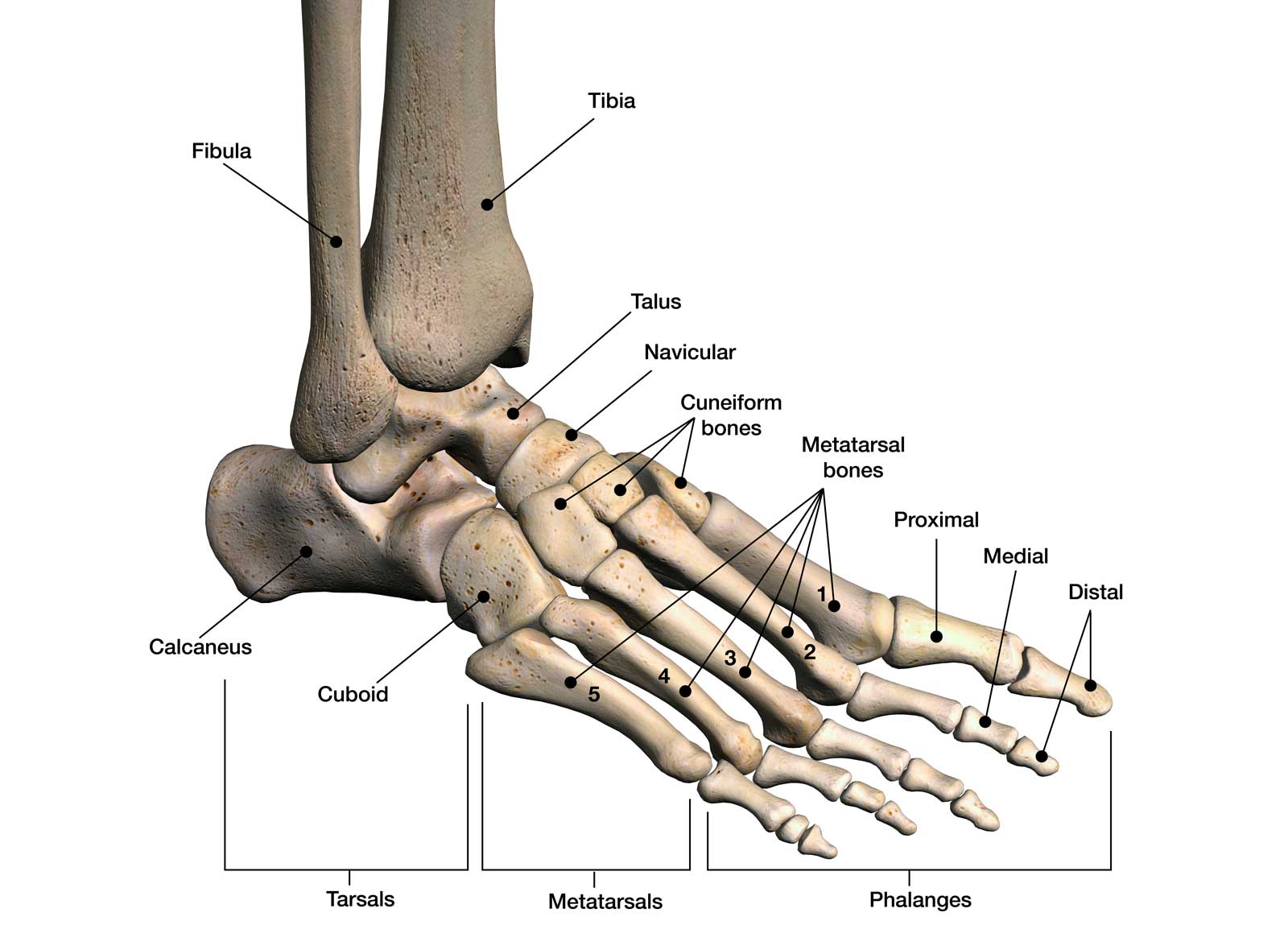What is a Calcaneal Fracture?
A calcaneal fracture, also known as a heel bone fracture, is a break in the calcaneus, the large bone that forms the heel of the foot. This bone plays a crucial role in walking and bearing the body's weight. Calcaneal fractures can range from tiny cracks to severe, comminuted fractures where the bone shatters into multiple pieces.

Causes and Risk Factors
Calcaneal fractures typically occur due to high-energy impacts or severe twisting injuries to the foot. The most common causes are falling from a height, such as falling off a ladder, or due to car accident.
Calcaneal fractures are generally categorized into two main types:
- Intra-articular fractures: These fractures extend into the subtalar joint, where the calcaneus connects with the talus. They are typically more severe and can lead to long-term complications such as arthritis if not properly treated.
- Extra-articular fractures: These fractures occur outside the subtalar joint. While often less severe, they can still cause significant pain and disability.
The symptoms of a calcaneal fracture can be severe and typically appear immediately after the injury. Common signs and symptoms include intense heel pain that worsens with walking or attempting to bear weight, significant swelling in the heel area extending up the ankle and foot, bruising around the heel and ankle, and visible deformity of the heel, particularly a widened appearance or flattening of the foot's arch. In some cases, patients may experience numbness or tingling in the foot due to nerve compression.
Diagnosis and Evaluation
Accurate diagnosis is crucial for proper treatment of calcaneal fractures. Our specialists employ a comprehensive approach to evaluate and diagnose these injuries. The process typically begins with a thorough physical examination, where we assess the foot and ankle for swelling, bruising, deformity, and areas of tenderness. We also check for any signs of compartment syndrome, a serious complication that can occur with calcaneal fractures.
Imaging plays a critical role in diagnosis. X-rays are usually the first imaging test performed, providing views of the heel bone from different angles to assess the fracture pattern and any joint involvement. In many cases, a CT (computed tomography) scan is also necessary to provide detailed, three-dimensional images of the fracture, allowing for a more precise evaluation of the bone fragments and joint surfaces.
Treatments for Heel Fracture
Non-surgical treatment may be appropriate for stable fractures with minimal displacement of bone fragments. This typically involves immobilization of the foot and ankle using a cast or splint to allow the bone to heal in the correct position. Patients are usually required to avoid bearing weight on the affected foot for an extended period, often 6-8 weeks or more.
Surgical treatment may be necessary for displaced fractures, especially those involving the joint surfaces. The most common surgical approach is open reduction and internal fixation (ORIF). This procedure involves making an incision to access the fracture, realigning the bone fragments, and securing them in place with plates, screws, or wires. Minimally invasive techniques, such as ankle arthroscopy, may be used in certain cases to reduce soft tissue damage and promote faster healing.
Recovery and Rehabilitation
Recovery from a calcaneal fracture can be a lengthy process, often taking several months to a year or more for complete healing and return to full function. As healing progresses, physical therapy plays a crucial role in restoring strength, flexibility, and function to the foot and ankle.
If you suspect you have suffered a calcaneal fracture, it's crucial to seek immediate medical attention. Signs that warrant urgent evaluation include severe heel pain, inability to bear weight on the foot, visible deformity of the heel, significant swelling or bruising, or any foot injury resulting from a high-energy impact or fall from a height. Prompt diagnosis and treatment are essential to optimize healing and reduce the risk of long-term complications.
Our team of orthopedic specialists has extensive experience in diagnosing and treating calcaneal fractures. Contact us today to schedule a consultation with our experienced orthopedic team.
